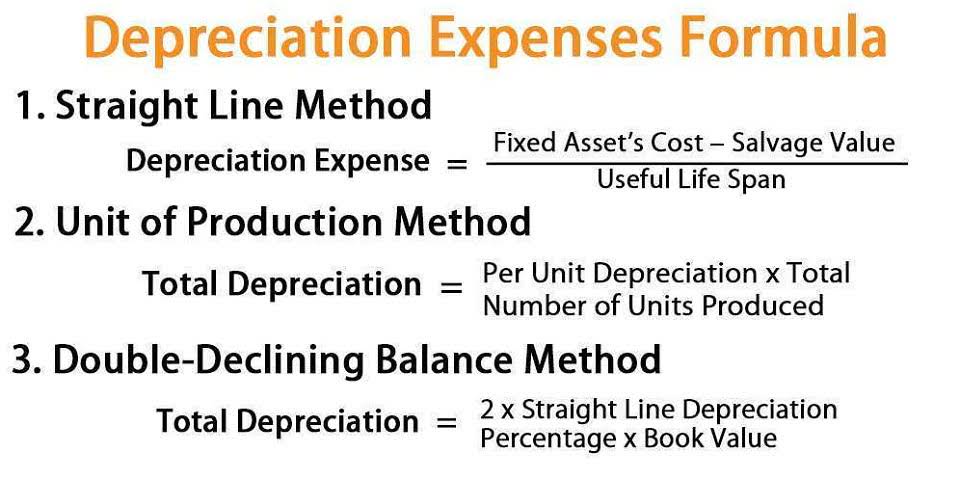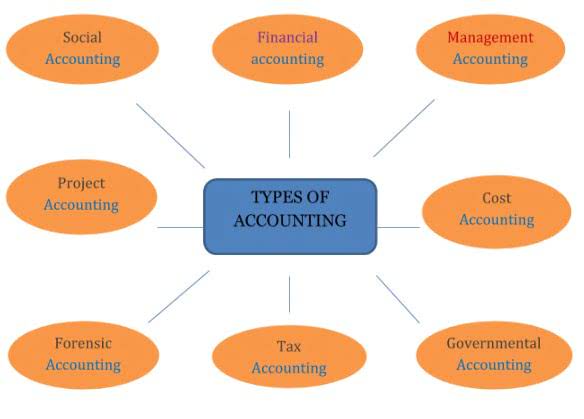How Management Assertions Influence Financial Audits

Analytical procedures have received much publicity and have been the source of numerous continuing education courses and articles. Many software packages can be purchased which provide a plethora of numbers and ratios in exotic fashion. However, this information can be totally worthless without the appropriate analysis that the results make sense.
- Many software packages can be purchased which provide a plethora of numbers and ratios in exotic fashion.
- This observation procedure is to test the existence of the client’s inventories counting procedures, not the accuracy of the client’s inventory.
- Assets and liabilities must be valued relatively, following proper accounting principles.
- The presentation and disclosure assertion ensures that all financial information is presented correctly and disclosed by accounting standards.
- Issued by the International Accounting Standards Board (IASB), the purpose of the IFRS is to provide a consistent, comprehensive set of transparent and globally applicable accounting auditing standards.
- The PCAOB’s Auditing Standard number 5 is the current standard over the audit of internal control over financial reporting.
Understanding Audit Assertions in Financial Audits

Auditors use their professional judgment to determine the sufficiency of the evidence gathered, which involves evaluating its ability to appropriately support the management’s assertions. This judgment is based on the auditor’s experience, the nature of the financial statement item, and the circumstances under which the evidence is obtained. Management assertions form the bedrock upon which auditors assess the financial statements of a company.
- The following lists the types of audit assertions in the three areas of a financial audit.
- The rights and obligations assertion addresses whether the entity holds or controls the rights to assets and is obligated to settle liabilities.
- This is important in understanding (for example) a company’s debt profile or ensuring stakeholders have a properly contextualized grasp of readily available assets and cash flow.
- For instance, the format of the Income Statement and theBalance Sheet should reflect the standards that are provided in the system thatthe corporation follows.
- Auditors use this assertion to confirm assets, liabilities, and equity recorded in a company’s financial statements actually belong to that same company.
- It refers to the fact that the assets, liabilities, and equity balances, which need to be recognized, have been recorded in financial statements.
Management assertions

To verify that the amount recorded as paid is the same as received from the customer. The cut-off assertion relates to whether a company has presented information in the correct accounting period. This assertion usually applies to any transactions and events that occur close to the year-end. He follows the same procedure to check the descriptions of the accounts recorded in the balance sheet as well as the disclosure for each transaction. Mark calculates the transactions to ensures their accuracy, and he read their description to ensure it is clear and comprehensible.
List of Audit Assertions Related to Classes of Transactions
These criteria, called assertions, allow the auditor to form a judgment about the financial reporting by the company. Suppose management asserts that the financial statements are complete Accounts Payable Management and accurate. In that case, it means they feel sure that all transactions have been recorded correctly and that there are no hidden liabilities or overstated assets. By breaking down financial statements into specific assertions, auditors can design targeted procedures to test each aspect of the financial data. This not only improves the efficiency of the audit but also ensures that all relevant areas are covered comprehensively.
Audit Procedures and Evidence

Assertions claim that the figures reported are a truthful presentation of the company’s assets and liabilities following applicable standards. A service organization can greatly reduce the number of resources expended to meet user auditors’ requests by having a Type II SOC 1 audit performed. Type 1 audits cover the same areas; however, the auditor’s opinion only addresses the suitability of the design of controls at a point in time. There is no assurance that controls were operating effectively over a period of time. For additional information, check out our blog on SOC gross vs net Report Types (1 vs 2).

Auditors evaluate the design and effectiveness of the company’s internal controls to determine whether they can be relied upon to prevent or detect material misstatements. If the internal controls are deemed effective, auditors may reduce the extent of substantive testing required, as the risk of assertions in audit material misstatement is lower. One commonly used technique is substantive testing, which involves detailed examination of financial transactions and balances.












